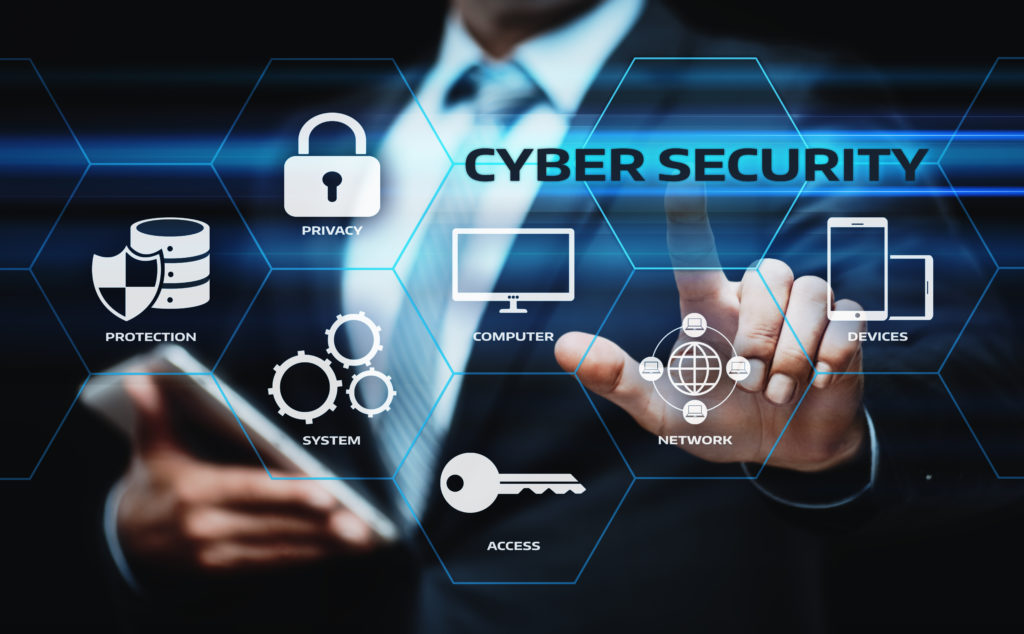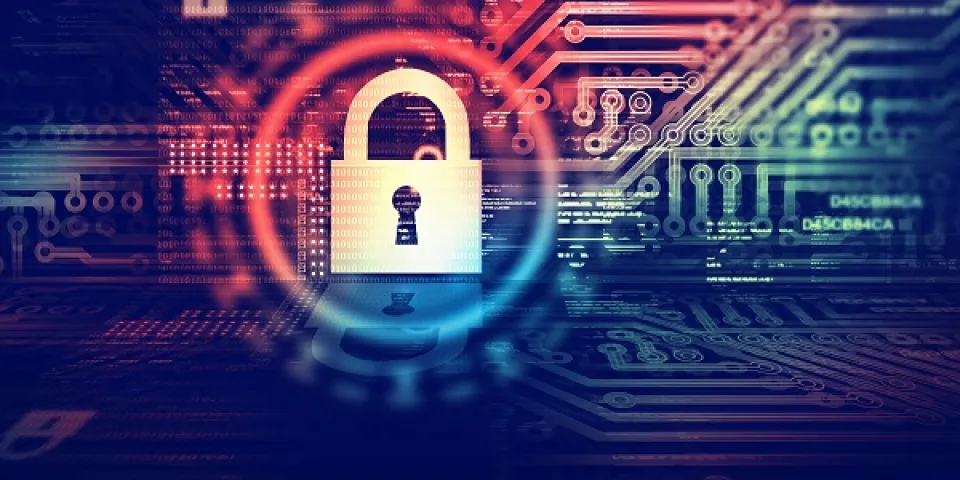Data and Network Security: Why It’s Crucial for Your Business’s Protection and Growth
Data and Network Security: Why It’s Crucial for Your Business’s Protection and Growth
Blog Article
The Crucial Duty of Data and Network Safety in Shielding Your Information
In a period where data breaches and cyber dangers are significantly prevalent, the relevance of robust data and network safety and security can not be overemphasized. Organizations must not only safeguard delicate details however additionally ensure compliance with developing regulative requirements. The application of efficient security actions, such as security and accessibility controls, is critical to keeping trust fund and functional honesty. The landscape of cyber dangers is continuously moving, increasing concerns about the adequacy of existing practices and what brand-new approaches might be essential to remain ahead of potential threats. What exists in advance in this complicated safety and security environment?
Recognizing Data Security
In today's electronic landscape, an overwhelming bulk of organizations grapple with the intricacies of data safety. This critical part of infotech involves securing delicate information from unapproved gain access to, corruption, or theft throughout its lifecycle. Data security incorporates different strategies and technologies, including file encryption, gain access to controls, and information masking, all aimed at securing details against breaches and susceptabilities.
A basic aspect of data safety is the recognition and classification of data based on its sensitivity and relevance. This category helps organizations prioritize their safety and security initiatives, alloting sources to safeguard the most essential information effectively. Applying durable plans and treatments is essential to ensure that employees understand their role in maintaining data safety and security.
Routine audits and evaluations aid in identifying potential weaknesses within a company's data safety structure. Furthermore, worker training is important, as human error remains a significant variable in information violations. By promoting a culture of safety awareness, companies can minimize threats related to insider risks and negligence.
Importance of Network Protection
Network protection stands as a foundation of an organization's overall cybersecurity approach, with around 90% of services experiencing some form of cyber hazard in the last few years. The significance of network security hinges on its capability to safeguard delicate info and maintain the stability of company procedures. By protecting network infrastructures, companies can avoid unapproved gain access to, data breaches, and other harmful activities that can endanger their properties and online reputation.
Executing durable network safety and security gauges not only aids in mitigating dangers yet likewise cultivates depend on among customers and stakeholders. When clients are ensured that their personal and monetary details is protected, they are more probable to involve with the company, resulting in boosted customer commitment and organization growth.
In addition, a well-structured network safety framework assists in compliance with numerous regulative needs. Organizations needs to follow industry standards and legal mandates concerning information security, and effective network safety techniques can make certain conformity, thus staying clear of prospective penalties.

Common Cyber Risks
Organizations have to remain vigilant versus a variety of cyber threats that can threaten their network security efforts. Amongst the most usual risks is malware, which incorporates viruses, worms, and ransomware that can interfere with operations, take information, or hold info captive. Phishing attacks, where harmful stars impersonate relied on entities to trick individuals right into revealing sensitive details, remain to expand in sophistication, making individual education and learning important.
An additional prevalent danger is dispersed denial-of-service (DDoS) attacks, which overload systems with web traffic, providing them unavailable to genuine customers. Expert risks, whether unintentional or deliberate, posture significant risks as workers might accidentally expose sensitive data or deliberately manipulate their accessibility for malicious purposes.
Furthermore, susceptabilities in software application and hardware can be made use of by cybercriminals, highlighting the relevance of normal updates and spot monitoring. Social design tactics even more complicate the landscape, as enemies adjust people right into disclosing personal details via emotional adjustment.
As these hazards advance, companies have to keep an aggressive strategy to recognize, alleviate, and react successfully to the ever-changing cyber danger landscape, securing their important info and maintaining trust with stakeholders. fft pipeline protection.
Ideal Practices for Defense
Carrying out robust safety and security measures is vital for safeguarding delicate info and maintaining functional honesty. Organizations must begin by conducting thorough danger evaluations to identify susceptabilities within their systems. This positive method enables the prioritization of protection efforts tailored to the details requirements of the organization.
Taking on strong password policies is crucial; passwords must be complex, regularly transformed, and managed making use of protected password monitoring tools. Multi-factor verification (MFA) includes an extra layer of safety by calling for extra confirmation techniques, hence decreasing the threat of unauthorized accessibility.
Routine software program updates and patch administration are essential to secure against understood susceptabilities. Implementing firewall softwares and intrusion detection systems can better protect networks from outside hazards. Worker training is similarly important; staff ought to be enlightened on recognizing phishing efforts and comprehending the value of information safety methods.
Data encryption you could look here ought to be employed for sensitive information, both at rest and in transit, to make sure that also if data is intercepted, it stays unattainable (fft pipeline protection). Finally, organizations should establish and on a regular basis examination occurrence action prepares to guarantee quick action in the event of a safety and security breach. By adhering to these ideal methods, organizations can enhance their security stance and shield their important data assets
Future Trends in Security
The landscape of information and network safety and security is constantly evolving, driven by innovations in modern technology and the enhancing elegance of cyber hazards. As companies increasingly take on cloud computing and IoT devices, the standard of safety and security will certainly move towards a zero-trust design. This approach stresses that no entity-- interior or exterior-- is naturally relied on, mandating confirmation at every access factor.
Additionally, the usage of expert system and artificial intelligence in safety methods is on the surge. These modern technologies make it possible for predictive analytics, enabling companies to determine susceptabilities and potential dangers prior to they can be made use of. Automation will likely play a crucial role in enhancing security reactions, lowering the time taken to alleviate violations.
Additionally, regulative structures will certainly remain to tighten, demanding more strict conformity actions. Organizations must stay abreast of progressing laws to ensure they meet safety and security criteria.

Verdict
In final thought, the significance of information and network security can not be overemphasized in the modern digital landscape. With the prevalence of cyber dangers and the increasing intricacy of regulatory demands, companies should embrace comprehensive safety and security procedures to shield sensitive details.
In a period where data breaches and cyber risks are significantly prevalent, the significance of durable information and network safety and security can not be overstated. Information security incorporates different methods and innovations, straight from the source including file encryption, access controls, and information masking, all aimed at securing info against violations and vulnerabilities.
A fundamental aspect of information protection is the recognition and category of information based on its sensitivity and significance.The landscape of my review here data and network security is continually evolving, driven by advancements in modern technology and the raising refinement of cyber dangers.In final thought, the importance of information and network protection can not be overemphasized in the contemporary electronic landscape.
Report this page